| "Descrizione" by Frank123 (12058 pt) | 2024-May-31 15:04 |
Review Consensus: 9 Rating: 9 Number of users: 1
| Evaluation | N. Experts | Evaluation | N. Experts |
|---|---|---|---|
| 1 | 6 | ||
| 2 | 7 | ||
| 3 | 8 | ||
| 4 | 9 | ||
| 5 | 10 |
Calcium sulfate is a chemical compound, sulfuric acid calcium salt.
Calcium sulfate is chemically classified as an inorganic colorant. This pigment is widely used in various industrial and cosmetic applications due to its excellent physical and chemical properties, including high stability, non-reactivity, and versatility.
Chemical Composition and Structure
Calcium sulfate is an inorganic compound with the chemical formula CaSO4. It consists of calcium (Ca), sulfur (S), and oxygen (O), forming calcium sulfate. This compound is known for its insolubility in water and its high stability, making it useful as a pigment and filler in numerous applications.
Physical Properties
This pigment typically appears as a fine white powder. It has a high density and excellent covering power. Calcium sulfate is known for its chemical stability, resistance to light and heat, and non-reactive nature, making it safe for a wide range of applications.
Chemical Industrial Synthesis Process
- Preparation of reagents. The main raw materials include natural calcium sulfate (such as gypsum or anhydrite) and water.
- Extraction. The production of Calcium sulfate begins with the extraction of calcium sulfate minerals from quarries or mines.
- Crushing and grinding. The extracted minerals are crushed and ground to obtain a fine powder.
- Calcination. The calcium sulfate powder is heated to high temperatures to remove crystalline water. This calcination process transforms gypsum (CaSO₄·2H₂O) into dry anhydrite (CaSO₄).
- Hydration. The calcined anhydrite is then rehydrated by adding a controlled amount of water to form calcium sulfate dihydrate (CaSO₄·2H₂O) or hemihydrate (CaSO₄·0.5H₂O), depending on the desired product.
- Filtration. The hydrated mixture is filtered to remove any impurities and obtain a pure suspension.
- Drying. The suspension is dried at controlled temperatures to obtain a dry calcium sulfate powder.
- Grinding. The dried powder is further ground to ensure a uniform and fine particle size.
- Classification. The ground powder is classified to separate the desired particle sizes using sieves or air classifiers.
- Stabilization. The Calcium sulfate powder is stabilized to ensure its stability during transportation and storage, preventing aggregation and degradation.
- Quality control. The Calcium sulfate undergoes rigorous quality testing to ensure it meets standards for purity and consistency. These tests include chemical analysis, spectroscopy, and physical tests to determine particle size and rheological properties.
It comes in the form of white or yellowish powder.
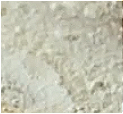
What it is used for and where
Food
Ingredient included in the list of European food additives such as E516 with the function of an acidity regulating agent.
Cosmetics
Ingrediente cosmetico soggetto a restrizioni IV/125 come Voce pertinente negli allegati del regolamento europeo sui cosmetici n. 1223/2009.
Cosmetics - INCI Functions
- Abrasive agent. It contains abrasive particles to remove stains or biofilm that accumulate on the stratum corneum or teeth. Baking soda, kieselguhr, silica and many others have abrasive properties. Peeling or exfoliating products used in dermatology or cosmetic applications contain abrasive agents in the form of synthetic microspheres, however these microspheres or abrasive particles are not biodegradable and create pollution in aquatic ecosystems.
- Bulking agent. It regulates the water content, dilutes other solids, can increase the volume of a product for better flow, acts as a buffer against organic acids, helps to keep the pH of the mixture within a certain level.
- Opacifying agent. It is useful into formulations that may be translucent or transparent to make them opaque and less permeable to light.
Calcium sulfate is used in cosmetic products such as foundations, powders, and eyeshadows for its high opacity and ability to improve the texture of products. It acts as a bulking agent and helps in achieving a smooth and matte finish.
Industrial Applications
Paints and Coatings: In this sector, calcium sulfate is used as an extender to improve the coverage and durability of paints. Its stability makes it suitable for exterior and decorative applications.
Plastics and Polymers: Calcium sulfate is employed in the production of plastics and polymers to enhance the strength and stability of finished products. It provides uniform color and resists degradation from UV light and heat.
Paper: Calcium sulfate is used as a filler in paper production, improving the brightness, opacity, and overall quality of the paper product.
Construction: In the construction industry, it is used in the formulation of plasters, cements, and drywall due to its excellent binding properties and stability.
Safety
The EFSA Scientific Panel on Food Additives has provided a scientific opinion reviewing the safety of sulphuric acid (E513) salts and their sodium (E514), potassium (E515), calcium (E516) and ammonium (E517) salts when used as food additives. The Scientific Panel noted that exposure to sulphates on average and at 95 percentile in the non-brand scenario, as well as in other scenarios, is far lower than the dose of 300 mg/kg which induced a laxative effect in humans. Based on the available toxicological database, the Scientific Panel concluded that exposure to sulphuric acid (E513), sodium sulfate (E514), potassium sulfate (E515), calcium sulfate (E516) and ammonium sulfate (E517) does not raise safety concerns for declared uses and use levels and no numerical acceptable daily intake (ADI) is required (1).
Calcium sulfate is generally considered safe for use in consumer products when handled following proper safety procedures. It is non-toxic and environmentally stable. However, as with all powdered materials, precautions should be taken to avoid inhalation and minimize direct contact with skin and eyes.
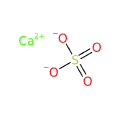 | 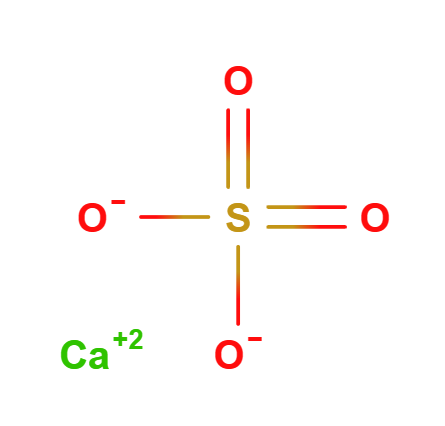 |
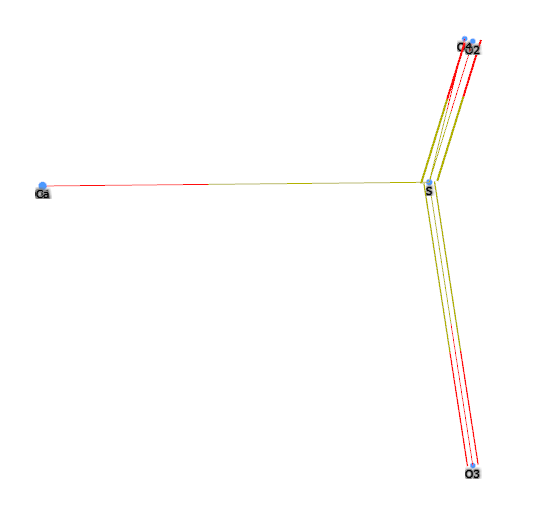 | 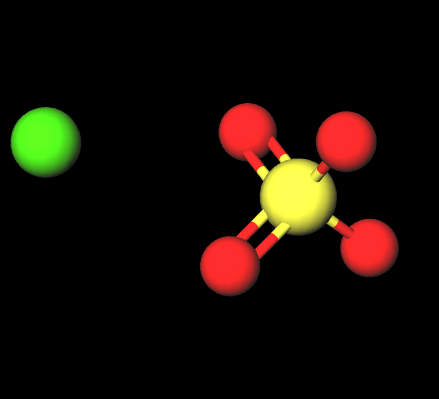 |
- Molecular Formula CaSO4 CaO4S
- Molecular Weight 136.14
- CAS 7778-18-9
- UNII E934B3V59H
- EC Number 231-900-3
References_____________________________________________________________________
(1) EFSA Panel on Food Additives and Nutrient Sources added to Food (ANS); Younes M, Aggett P, Aguilar F, Crebelli R, Dusemund B, Filipič M, Frutos MJ, Galtier P, Gott D, Gundert-Remy U, Kuhnle GG, Lambré C, Leblanc JC, Lillegaard IT, Moldeus P, Mortensen A, Oskarsson A, Stankovic I, Waalkens-Berendsen I, Wright M, Di Domenico A, van Loveren H, Giarola A, Horvath Z, Lodi F, Tard A, Woutersen RA. Re-evaluation of aluminium sulphates (E 520-523) and sodium aluminium phosphate (E 541) as food additives. EFSA J. 2018 Jul 27;16(7):e05372. doi: 10.2903/j.efsa.2018.5372
| Evaluate |

